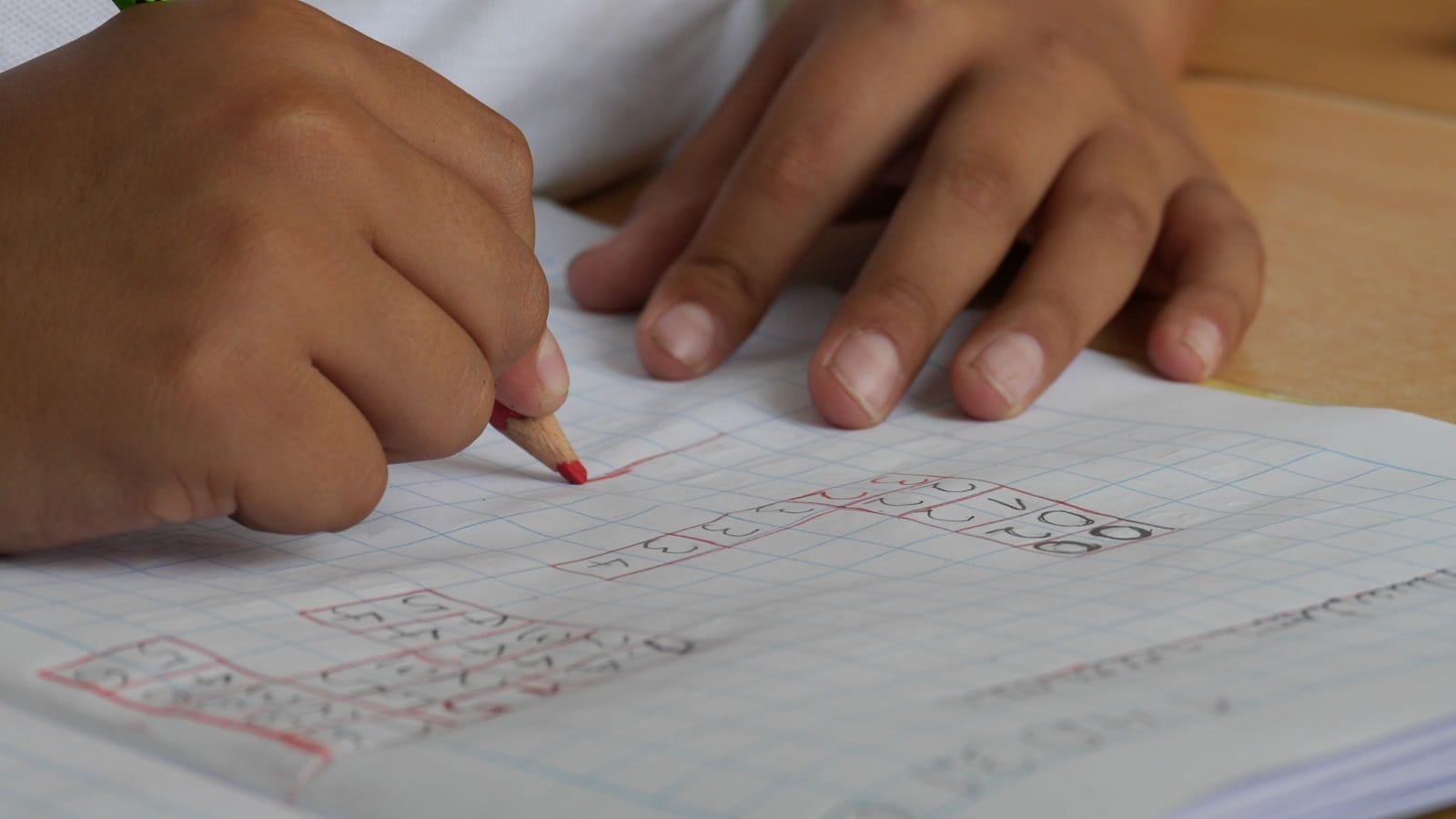Last Updated On: May 17th, 2020
“Help! I never learned this!” is a common reaction of students taking an ISEE diagnostic test for the first time, and for good reason. Unless they’re working a couple of years above grade-level, most students (before test preparation) will encounter math concepts and types of problems on the test they have never seen before.
The ISEE encompasses an extensive math curriculum: Whole Numbers; Fractions, Decimals, and Percentages; Algebraic Concepts; Geometry; Measurement; and Data, Statistics and Probability. Since most students take the test in fall or winter, they may have forgotten concepts and procedures learned during the previous school year. It’s also common for classroom teachers not to get through the entire math curriculum. Probability, for example, seems to come at the end of the year in many programs and sometimes doesn’t get fully taught.
Even if a student has been exposed to the entire grade-level curriculum each year and has aced it, he/she still might encounter unfamiliar concepts on the test. Students take the test as early as September or October, but it includes math content from the entire school year’s curriculum. And unlike grade-level standardized tests, each level of the ISEE includes multiple grades. The middle-level test, for example, is offered to students currently in both sixth and seventh grades. Even though most students take it in sixth grade, there are many “seventh grade questions” on the test. While students’ percentile and stanine scores are only based on comparisons with their grade-level peers, many of these peers anticipate these advanced questions and prepare for them, leaving students who don’t at a disadvantage. And, in an attempt to separate out the truly advanced students, the test also includes a few concepts that might not be taught until eighth grade or later.
Which math concepts might a student encounter that he/she hasn’t learned yet? Check out next week’s blog post which will showcase example questions for many of those concepts. The ISEE questions are multiple choice, but these examples don’t include answer choices since they’re designed to give test takers an idea of the concepts tested rather than exactly replicate the test format. The answers are listed at the bottom of the article. If you’d like to try out the actual format of the test, you can find that in the official What to Expect on the ISEE Guide.
So what should you do if this list includes several unfamiliar concepts? First, take a deep breath and remind yourself that almost every test taker is in this same position. If you’re applying to a school where test scores aren’t emphasized, or if you struggle with math, you might choose to focus on the math concepts you already know and not worry about those you haven’t learned yet. If you’re applying to a competitive school, though, it’s worth your time to learn and practice many or all of these concepts. This is especially true for strong math students. The good news is that students who take the time and effort to prepare for ISEE Math in the fall almost always get A’s in the math for the rest of the school year!
Once you begin taking practice tests at home, use our proctored videos to help track time and pace yourself! They’re free and accessible here: LA Tutors Proctored Videos
Check out part two of this series here: But We Never Learned This! Math Concepts on the ISEE You Probably Haven’t Learned Yet in School (Part 2)



















